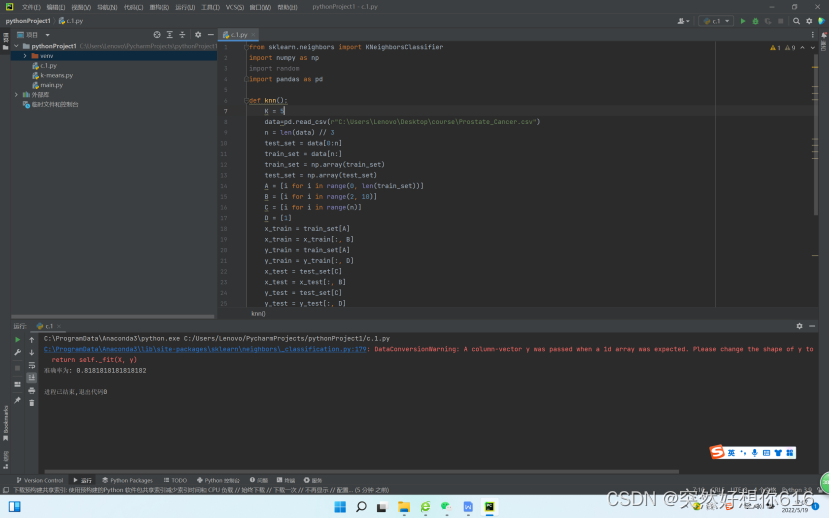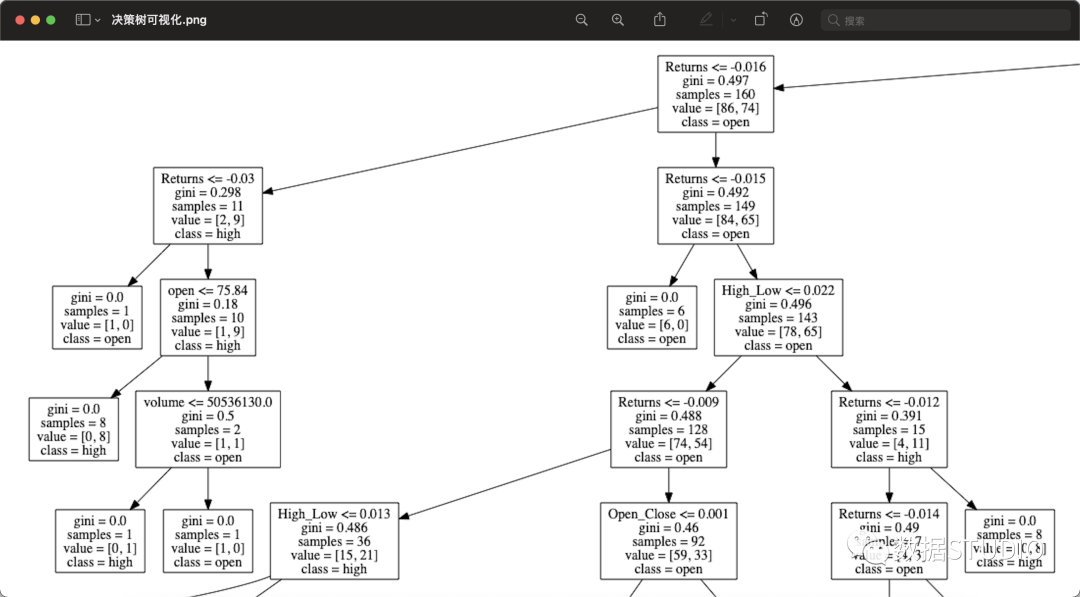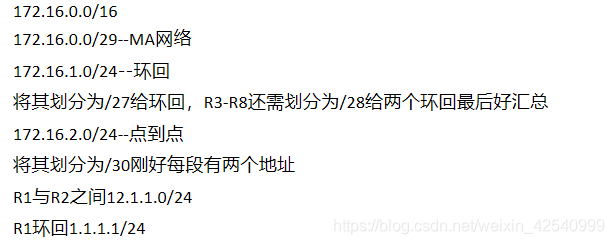C++ 链表及其实战应用
- 引言
- 一、链表的概述
- 二、利用链表设计一个学生管理系统
- 2.1、设计主函数main()
- 2.2、实现插入节点
- 2.3、实现链表的遍历
- 2.4、实现链表的查找
- 2.5、实现删除某个节点
- 2.6、实现释放链表
- 2.7、完整代码
- 总结
引言
💡 作者简介:专注于C/C++高性能程序设计和开发,理论与代码实践结合,让世界没有难学的技术。包括C/C++、Linux、MySQL、Redis、TCP/IP、协程、网络编程等。
👉
🎖️ CSDN实力新星,社区专家博主
👉
🔔 专栏介绍:从零到c++精通的学习之路。内容包括C++基础编程、中级编程、高级编程;掌握各个知识点。
👉
🔔 专栏地址:C++从零开始到精通
👉
🔔 博客主页:https://blog.csdn.net/Long_xu
🔔 上一篇:【022】C++的结构体、共用体以及枚举详解(最全讲解)
一、链表的概述
链表(Linked List)是一种常见的数据结构,它由若干个节点(Node)组成,每个节点包含一个数据元素和指向下一个节点的指针。相邻两个节点之间通过指针连接起来,形成了链式结构。
链表可以分为单向链表、双向链表和循环链表三种类型。其中单向链表每个节点只有一个指向下一个节点的指针;双向链表每个节点除了有指向下一个节点的指针外,还有指向前一个节点的指针;循环链表则是将最后一个节点的指针指向头结点,使得整个链条形成了一个闭环。
单向链表是由一个一个节点组成,节点没有名字,每个节点从堆区动态申请,节点间物理上是非连续的,但是每个节点通过指针保存下一个节点的位置达到逻辑上的连续。

数组和链表的优缺点:
- 静态数组:缺点是必须事先知道数组元素个数,设置过多了浪费内存空间,设置过少容易溢出,插入、删除数据效率低;优点是遍历元素效率高,支持随机访问。
- 动态数组:不需要实现知道元素的个数,在使用中动态申请,插入、删除数据效率低;优点是遍历元素效率高,支持随机访问。
- 链表:优点是不需要实现知道元素的个数,在使用中动态申请,插入、删除数据不需要移动数据;缺点是遍历效率低。
二、利用链表设计一个学生管理系统
通过实战的方式掌握链表的使用。
2.1、设计主函数main()
首先是一个帮助函数和main()函数的实现:
void help()
{cout << "*************************************" << endl;cout << "1) help:" << endl;cout << "2) insert:" << endl;cout << "3) print:" << endl;cout << "4) search:" << endl;cout << "5) delete:" << endl;cout << "6) free:" << endl;cout << "7) quit:" << endl;cout << "*************************************" << endl;
}int main() {help();struct Student *head=NULL;while (1){char cmd[64] = { 0 };cout << "请输入指令:";cin >> cmd;if (strcmp(cmd, "help")==0){help();}else if (strcmp(cmd, "insert")==0){cout << "请输入节点信息(id, name):";struct Student *tmp=new struct Student;cin >> tmp->id >> tmp->name;head=insert_link(head,tmp);}else if (strcmp(cmd, "print")==0){print_link(head);}else if (strcmp(cmd, "search") == 0){char name[32] = { 0 };cout << "请输入查询的姓名:";cin >> name;struct Student *res=search_link(head, name);if (res != NULL){cout << "查询结果:"<<res->id << " " << res->name << endl;}else{cout << name << "不存在" << endl;}}else if (strcmp(cmd, "delete") == 0){cout << "请输入要删除的节点学号:";int num;cin >> num;head = delete_link(head, num);}else if (strcmp(cmd, "free") == 0){head=free_link(head);if (head == NULL)cout << "已完成释放" << endl;}else if (strcmp(cmd, "quit") == 0){head = free_link(head);if (head == NULL)cout << "已完成释放" << endl;cout << "已退出系统" << endl;return 0;}else{cout << "不识别的指令,请正确输入指令。" << endl;help();}}return 0;
}2.2、实现插入节点
插入节点的方式有三种:
- 头部插入。
- 尾部插入。
- 有序插入(双指针法)。
// 插入链表
struct Student * insert_link(struct Student *head, struct Student *node)
{
#if 0//头插法// 链表不存在时;if (head == NULL){head = node;head->next = NULL;}else{// 链表串联起来。头插法node->next = head;head = node;}return head;
#elif 0// 尾插法if (head == NULL){head = node;head->next = NULL;return head;}// 查找末尾struct Student *cur = head;while (cur->next != NULL){cur = cur->next;}// 尾部插入cur->next = node;node->next = NULL;return head;
#else// 有序插入if (head == NULL){head = node;head->next = NULL;return head;}// 双指针法struct Student *cur = head;struct Student *pre = head;while (cur->id < node->id && cur->next != NULL){// 保存cur记录pre = cur;// cur移动到下一个cur = cur->next;}// 判断插入点的位置if (cur->id > node->id){if (cur == head)//头部插入{node->next = head;head = node;}else//中部插入{pre->next = node;node->next = cur;}}else{// 尾部插入cur->next = node;node->next = NULL;}
#endif
}
2.3、实现链表的遍历
// 遍历链表
void print_link(struct Student *head)
{if (head == NULL){cout << "link is empty." << endl;return;}// 循环遍历链表struct Student *cur;cur = head;while (cur != NULL){cout << cur->id << " " << cur->name << endl;cur = cur->next;}
}2.4、实现链表的查找
struct Student *search_link(struct Student *head,const char *name)
{if (head == NULL)return NULL;struct Student *cur = head;while (cur->next != NULL && strcmp(cur->name, name) != 0)cur = cur->next;if (strcmp(cur->name, name) == 0)return cur;return NULL;
}
2.5、实现删除某个节点
struct Student *delete_link(struct Student *head,int num)
{if (head == NULL){cout << "链表不存在" << endl;return NULL;}struct Student *cur = head;struct Student *pre = head;// 查找节点while (cur->next != NULL && cur->id != num){pre = cur;cur = cur->next;}if (cur->id == num){cout << "找到节点,并删除了。" << endl;if (cur == head)//头部删除{head = cur->next;}else//中尾部删除pre->next = cur->next;delete cur;}else{cout << "节点不存在" << endl;}return head;
}
2.6、实现释放链表
struct Student *free_link(struct Student *head)
{if (head == NULL){cout << "链表不存在" << endl;return NULL;}struct Student *cur = head;while (cur != NULL){head = head->next;delete cur;cur = head;}return head;
}
2.7、完整代码
#include <stdio.h>#include <iostream>
#include <string.h>
using namespace std;void help()
{cout << "*************************************" << endl;cout << "1) help:" << endl;cout << "2) insert:" << endl;cout << "3) print:" << endl;cout << "4) search:" << endl;cout << "5) delete:" << endl;cout << "6) free:" << endl;cout << "7) quit:" << endl;cout << "*************************************" << endl;
}struct Student {int id;char name[16];struct Student *next;
};// 插入链表
struct Student * insert_link(struct Student *head, struct Student *node)
{
#if 0//头插法// 链表不存在时;if (head == NULL){head = node;head->next = NULL;}else{// 链表串联起来。头插法node->next = head;head = node;}return head;
#elif 0// 尾插法if (head == NULL){head = node;head->next = NULL;return head;}// 查找末尾struct Student *cur = head;while (cur->next != NULL){cur = cur->next;}// 尾部插入cur->next = node;node->next = NULL;return head;
#else// 有序插入if (head == NULL){head = node;head->next = NULL;return head;}// 双指针法struct Student *cur = head;struct Student *pre = head;while (cur->id < node->id && cur->next != NULL){// 保存cur记录pre = cur;// cur移动到下一个cur = cur->next;}// 判断插入点的位置if (cur->id > node->id){if (cur == head)//头部插入{node->next = head;head = node;}else//中部插入{pre->next = node;node->next = cur;}}else{// 尾部插入cur->next = node;node->next = NULL;}
#endif
}// 遍历链表
void print_link(struct Student *head)
{if (head == NULL){cout << "link is empty." << endl;return;}// 循环遍历链表struct Student *cur;cur = head;while (cur != NULL){cout << cur->id << " " << cur->name << endl;cur = cur->next;}
}struct Student *search_link(struct Student *head,const char *name)
{if (head == NULL)return NULL;struct Student *cur = head;while (cur->next != NULL && strcmp(cur->name, name) != 0)cur = cur->next;if (strcmp(cur->name, name) == 0)return cur;return NULL;
}struct Student *delete_link(struct Student *head,int num)
{if (head == NULL){cout << "链表不存在" << endl;return NULL;}struct Student *cur = head;struct Student *pre = head;// 查找节点while (cur->next != NULL && cur->id != num){pre = cur;cur = cur->next;}if (cur->id == num){cout << "找到节点,并删除了。" << endl;if (cur == head)//头部删除{head = cur->next;}else//中尾部删除pre->next = cur->next;delete cur;}else{cout << "节点不存在" << endl;}return head;
}struct Student *free_link(struct Student *head)
{if (head == NULL){cout << "链表不存在" << endl;return NULL;}struct Student *cur = head;while (cur != NULL){head = head->next;delete cur;cur = head;}return head;
}int main() {help();struct Student *head=NULL;while (1){char cmd[64] = { 0 };cout << "请输入指令:";cin >> cmd;if (strcmp(cmd, "help")==0){help();}else if (strcmp(cmd, "insert")==0){cout << "请输入节点信息(id, name):";struct Student *tmp=new struct Student;cin >> tmp->id >> tmp->name;head=insert_link(head,tmp);}else if (strcmp(cmd, "print")==0){print_link(head);}else if (strcmp(cmd, "search") == 0){char name[32] = { 0 };cout << "请输入查询的姓名:";cin >> name;struct Student *res=search_link(head, name);if (res != NULL){cout << "查询结果:"<<res->id << " " << res->name << endl;}else{cout << name << "不存在" << endl;}}else if (strcmp(cmd, "delete") == 0){cout << "请输入要删除的节点学号:";int num;cin >> num;head = delete_link(head, num);}else if (strcmp(cmd, "free") == 0){head=free_link(head);if (head == NULL)cout << "已完成释放" << endl;}else if (strcmp(cmd, "quit") == 0){head = free_link(head);if (head == NULL)cout << "已完成释放" << endl;cout << "已退出系统" << endl;return 0;}else{cout << "不识别的指令,请正确输入指令。" << endl;help();}}return 0;
}
总结
链表(Linked List)是一种常见的数据结构,它由若干个节点(Node)组成,每个节点包含一个数据元素和指向下一个节点的指针。相邻两个节点之间通过指针连接起来,形成了链式结构。
链表可以分为单向链表、双向链表和循环链表三种类型。其中单向链表每个节点只有一个指向下一个节点的指针;双向链表每个节点除了有指向下一个节点的指针外,还有指向前一个节点的指针;循环链表则是将最后一个节点的指针指向头结点,使得整个链条形成了一个闭环。
相比于数组等线性存储结构,链表具有以下优点:
-
链表可以动态扩展,不需要预先定义大小。
-
插入和删除操作非常高效,只需要修改相邻两个节点之间的指针即可。
-
对于大规模数据存储时空效率更高。
但是也存在一些缺点:
-
随机访问元素比较困难,需要遍历整个链条才能找到对应位置的元素。
-
存储多余的地址信息会占用额外空间。




















